By Lizette Alvarez | Originally Published at The New York Times. December 2, 2013
FORT LAUDERDALE, Fla. — Faced with mounting evidence that get-tough policies in schools are leading to arrest records, low academic achievement and high dropout rates that especially affect minority students, cities and school districts around the country are rethinking their approach to minor offenses.
Perhaps nowhere has the shift been more pronounced than in Broward County’s public schools. Two years ago, the school district achieved an ignominious Florida record: More students were arrested on school campuses here than in any other state district, the vast majority for misdemeanors like possessing marijuana or spraying graffiti.
But in November, Broward veered in a different direction, joining other large school districts, including Los Angeles, Baltimore, Chicago and Denver, in backing away from the get-tough approach.
Rather than push children out of school, districts like Broward are now doing the opposite: choosing to keep lawbreaking students in school, away from trouble on the streets, and offering them counseling and other assistance aimed at changing behavior.
These alternative efforts are increasingly supported, sometimes even led, by state juvenile justice directors, judges and police officers.
In Broward, which had more than 1,000 arrests in the 2011 school year, the school district entered into a wide-ranging agreement last month with local law enforcement, the juvenile justice department and civil rights groups like the N.A.A.C.P. to overhaul its disciplinary policies and de-emphasize punishment.
Some states, prodded by parents and student groups, are similarly moving to change the laws; in 2009, Florida amended its laws to allow school administrators greater discretion in disciplining students.
“A knee-jerk reaction for minor offenses, suspending and expelling students, this is not the business we should be in,” said Robert W. Runcie, the Broward County Schools superintendent, who took the job in late 2011. “We are not accepting that we need to have hundreds of students getting arrested and getting records that impact their lifelong chances to get a job, go into the military, get financial aid.”
Nationwide, more than 70 percent of students involved in arrests or referrals to court are black or Hispanic, according to federal data.
“What you see is the beginning of a national trend here,” said Michael Thompson, the director of the Council of State Governments Justice Center. “Everybody recognizes right now that if we want to really find ways to close the achievement gap, we are really going to need to look at the huge number of kids being removed from school campuses who are not receiving any classroom time.”
Pressure to change has come from the Obama administration, too. Beginning in 2009, the Department of Justice and the Department of Education aggressively began to encourage schools to think twice before arresting and pushing children out of school. In some cases, as in Meridian, Miss., the federal government has sued to force change in schools.
Some view the shift as politically driven and worry that the pendulum may swing too far in the other direction. Ken Trump, a school security consultant, said that while existing policies are at times misused by school staffs and officers, the policies mostly work well, offering schools the right amount of discretion.
“It’s a political movement by civil rights organizations that have targeted school police,” Mr. Trump said. “If you politicize this on either side, it’s not going to help on the front lines.”
Supporters, though, emphasize the flexibility in these new policies and stress that they do not apply to students who commit felonies or pose a danger.
“We are not taking these tools out of the toolbox,” said Russell Skiba, a school psychology professor at Indiana University who promotes disciplinary changes. “We are saying these should be tools of last resort.”
In Broward County, the shift has shown immediate results, although it is too early to predict overall success. School-based arrests have dropped by 41 percent, and suspensions, which in 2011 added up to 87,000 out of 258,000 students, are down 66 percent from the same period in 2012, school data shows.
Under the new agreement, students caught for the first time committing any of 11 nonviolent misdemeanors are no longer arrested and sent to court. Rather, they attend counseling and perform community service.
Nor do students face suspension for minor infractions. Instead, they also attend a program called Promise for three days or more. Repeat offenders get several chances to change their behavior before more punitive measures kick in.
One recent afternoon, an 18-year-old senior sat in the cafeteria at the Pine Ridge Alternative Center, where students are sent in lieu of a suspension, and spoke with a psychology graduate student on a counseling team. The girl had been caught with a small amount of marijuana in her car on her high school campus, a misdemeanor that would have led to a suspension or arrest in the past. It was the first time she had gotten in trouble at school.
“I was freaking out,” she said. Her first fear was that she would be barred from prom. Here, though, she saw the larger picture and came to view the incident as “her second chance.”
She learned about bullying and drugs and alcohol. “It was a slap in the face,” she said. “I don’t even want to smoke anymore.”
Other students here learn to manage their anger, if that is their issue. Parents are involved in the process. And counselors have helped identify problems at home including abusive situations, something that administrators said underscores how invaluable the counseling component has been for the Promise program, said Belinda Hope, the principal at Pine Ridge.
Mr. Runcie and others said the more punitive measures tended to make a bad situation worse. Suspended and expelled children would be home alone or on the street, falling behind academically. Those arrested could be stigmatized by criminal records.
“The data showed an increase in the harshness of the disciplinary practices in schools — what was once a trip to the principal’s office is now a trip to the jail cell,” said Judith Browne Dianis, co-director of the Advancement Project, a civil-rights group involved in the effort.
Juvenile judges were among the first to express alarm over the jump in the number of students appearing in court on misdemeanors, an increase they said is tied to the proliferation of school police officers.
“We started to see the officers as a disciplinary tool,” said Judge Elijah H. Williams of Broward County Circuit Court, a juvenile judge who said he was “no flaming liberal” but saw the need for change. “Somebody writes graffiti in a stall, O.K., you’re under arrest. A person gets caught with a marijuana cigarette, you’re under arrest.”
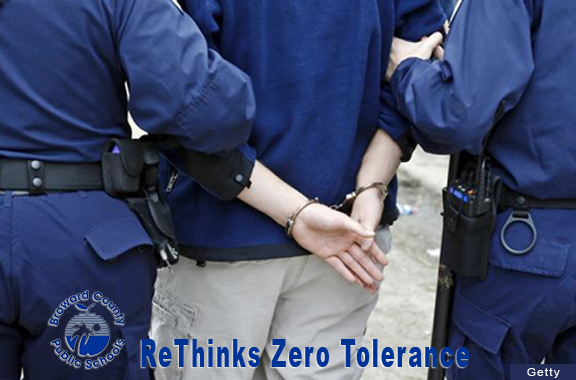
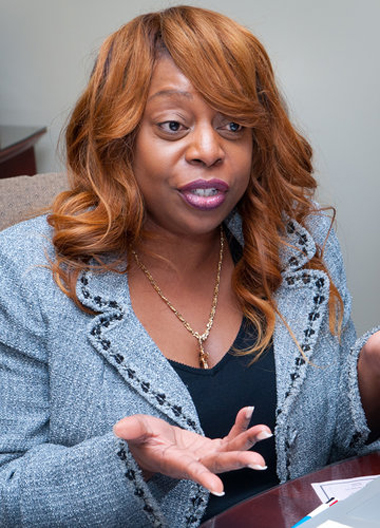







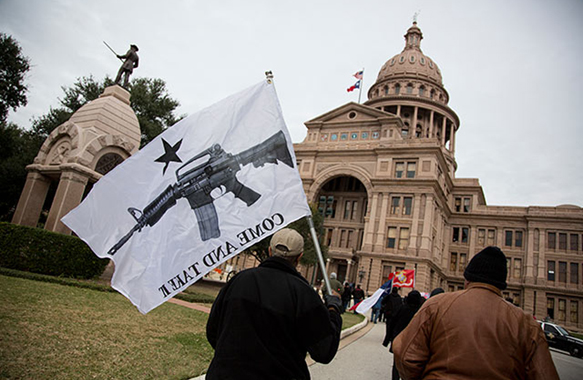
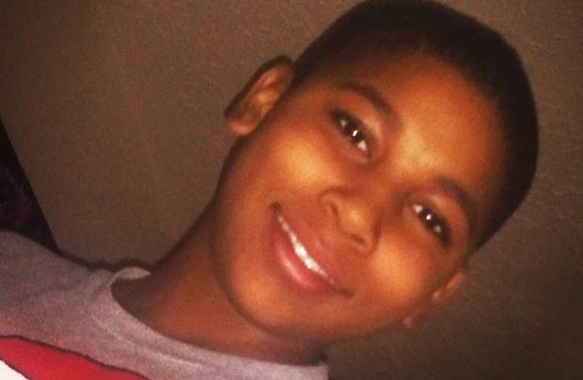
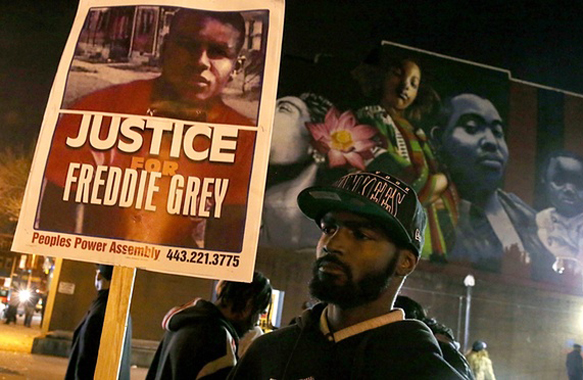

Leave A Comment